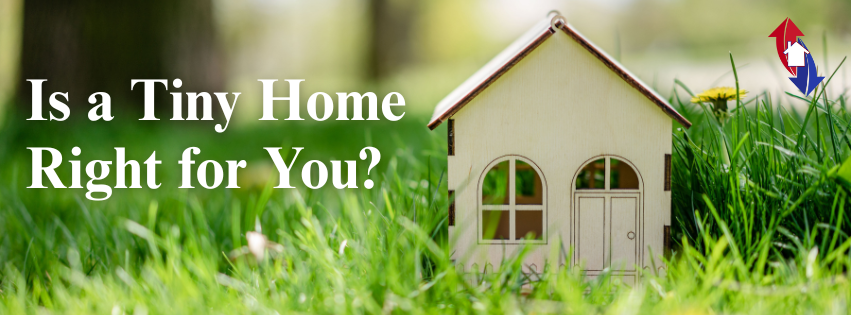Tiny homes have been gaining popularity in recent years, with more people buying into the idea of simpler living. The question is: Is a tiny home right for you?
The truth is—tiny homes aren’t for everyone. While they might not suit a family of five, they can be just right for a couple or even a solo dweller.
If you’re already considering it, you probably have some reasons in mind. That’s a great start. But before you make the leap, here are five important things to consider:
1. Am I Ready to Let Go of Material Possessions?
Storage can be cleverly maximised in a tiny home, but it’s still significantly less than in a standard house. If you weren’t much of a minimalist before, you might need to become one—because in a small space, clutter speaks loudly.
Downsizing is about keeping only what you love or truly need, and letting go of everything else. Ask yourself honestly: “Can I be content living with less?”
2. How Do I Handle Being in Small Spaces Long-Term?
As the name suggests, a tiny home is… tiny. Often smaller than an average two-bedroom apartment. While it can feel cosy and comforting, it can also feel cramped over time—especially if you’re sharing the space or working from home.
Remember how many people struggled with confined spaces during COVID lockdowns? That was a real reminder of how much environment impacts our wellbeing. If you’re planning to live with someone else, you’ll both need to learn how to honour personal space and navigate relationship dynamics gently.
Even if you’re living alone, isolation can be a challenge, especially if you’re someone who thrives on social interaction. So ask yourself: “Despite the challenges, will this be a space I look forward to coming home to every day?”
3. Understanding Location and Legal Requirements
As they say—“Location, location, location.” But in this case, it’s not just about a pretty view. It’s about legality.
Before buying or building a tiny home, you’ll need to speak with your local council. Regulations vary depending on the area, and also on whether your home is on wheels or a fixed foundation. If on wheels, there will have to be consideration for structural engineering for it to be towed, or if it is on skids, a crane would have to be arranged for transport and placement. It also matters whether your home will share land with another house or sit on its own block because shared with a home, it would have to adhere to the guidelines of a Small Second Dwelling. Of course, with building any home there are a host of legal regulations that would need to be adhered to, so make sure you understand what’s allowed in your chosen location.
Ask yourself: “Have I researched the rules for where I want to live?”
4. Am I Ready for a Lifestyle Change?
Whether you’re moving in solo or with someone else, a lifestyle shift is guaranteed.
You’ll be living with less, which means becoming more intentional about what you bring into your home. That might mean more window shopping than impulse buying—but it also means slower, more mindful living.
Daily cleaning and organisation become part of your routine, because in a small space, a little mess goes a long way. If you’re living with someone, it’s also about patience, quick forgiveness, and respecting each other’s space.
It’s not always easy—but it can be incredibly rewarding.
Ask yourself: “Am I open to slowing down, simplifying, and living with more intention?”
5. Why Do I Want This?
With the chaos of modern life, it’s tempting to say, “I just want to run away and live in a tiny home off-grid!” That desire for peace is valid—but tiny home living still takes work, commitment, and planning.
If you’re asking the question, “Should I move into a tiny home?”—you’re already on the right track. It means you’re thinking deeply and curiously, not just reacting.
Tiny homes come with a host of benefits—for your wellbeing and for the environment (which we’ll explore in the next blog post). But in the end, it comes down to one thing:
Is a tiny home truly right for you?

